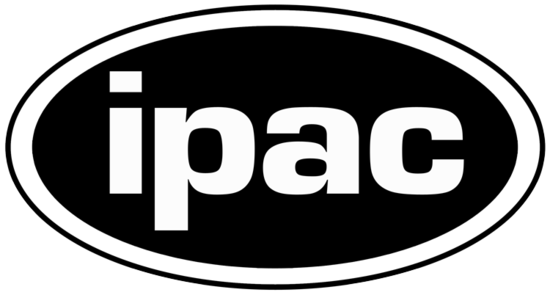Lenticular dust in detail

esahubble_potw2420a May 13th, 2024
Credit: ESA/Hubble & NASA, L. Kelsey
Featured in this new image from the NASA/ESA Hubble Space Telescope is a nearly edge-on view of the lenticular galaxy NGC 4753. These galaxies have an elliptical shape and ill-defined spiral arms. This image is the object's sharpest view to date, showcasing Hubble’s incredible resolving power and ability to reveal complex dust structures. NGC 4753 resides around 60 million light-years from Earth in the constellation Virgo and was first discovered by the astronomer William Herschel in 1784. It is a member of the NGC 4753 Group of galaxies within the Virgo II Cloud, which comprises roughly 100 galaxies and galaxy clusters. This galaxy is believed to be the result of a galactic merger with a nearby dwarf galaxy roughly 1.3 billion years ago. NGC 4753’s distinct dust lanes around its nucleus are believed to have been accreted from this merger event. It is now believed that most of the mass in the galaxy lies in a slightly flattened spherical halo of dark matter. Dark matter is a form of matter that cannot currently be observed directly, but is thought to comprise about 85% of all matter in the Universe. It is referred to as ‘dark’ because it does not appear to interact with the electromagnetic field, and therefore does not seem to emit, reflect or refract light. This object is also of scientific interest to test different theories of formation of lenticular galaxies, given its low-density environment and complex structure. Furthermore, this galaxy has been host to two known Type Ia supernovae. These types of supernovae are extremely important as they are all caused by exploding white dwarfs which have companion stars, and always peak at the same brightness — 5 billion times brighter than the Sun. Knowing the true brightness of these events, and comparing this with their apparent brightness, gives astronomers a unique chance to measure distances in the Universe. [Image Description: Lenticular galaxy NGC 4753 is featured with a bright white core and surrounding defined dust lanes around its nucleus, that predominantly appear dark brown in colour. A variety of faint stars fill the background of the image.] Links Pan video of NGC 4753
Provider: Hubble Space Telescope | ESA
Image Source: https://esahubble.org/images/potw2420a/
Curator: ESA/Hubble, Baltimore, MD, United States
Image Use Policy: Creative Commons Attribution 4.0 International License

- ID
- potw2420a
- Subject Category
- Subject Name
- NGC 4753
- Credits
- ESA/Hubble & NASA, L. Kelsey
- Release Date
- 2024-05-13T06:00:00
- Lightyears
- Redshift
- Reference Url
- https://esahubble.org/images/potw2420a/
- Type
- Observation
- Image Quality
- Distance Notes
- Facility
- Hubble Space Telescope, Hubble Space Telescope, Hubble Space Telescope, Hubble Space Telescope
- Instrument
- WFC3, WFC3, WFC3, WFC3
- Color Assignment
- Blue, Green, Green, Red
- Band
- Optical, Optical, Optical, Optical
- Bandpass
- U, U, r, r
- Central Wavelength
- 336, 336, 625, 625
- Start Time
- Integration Time
- Dataset ID
- None, None, None, None
- Notes
- Coordinate Frame
- ICRS
- Equinox
- J2000
- Reference Value
- 193.09145107616297, -1.199695245170484
- Reference Dimension
- 2756.0, 1722.0
- Reference Pixel
- 1378.0, 861.0
- Scale
- -1.1024690749574984e-05, 1.1024690749574984e-05
- Rotation
- 0.079999999999999946
- Coordinate System Projection:
- TAN
- Quality
- Full
- FITS Header
- Notes
- Creator (Curator)
- ESA/Hubble
- URL
- https://esahubble.org
- Name
- Telephone
- Address
- ESA Office, Space Telescope Science Institute, 3700 San Martin Dr
- City
- Baltimore
- State/Province
- MD
- Postal Code
- 21218
- Country
- United States
- Rights
- Creative Commons Attribution 4.0 International License
- Publisher
- ESA/Hubble
- Publisher ID
- esahubble
- Resource ID
- potw2420a
- Resource URL
- http://esahubble.org/media/archives/images/original/potw2420a.tif
- Related Resources
- Metadata Date
- 2024-04-26T14:25:15+02:00
- Metadata Version
- 1.1
Detailed color mapping information coming soon...













